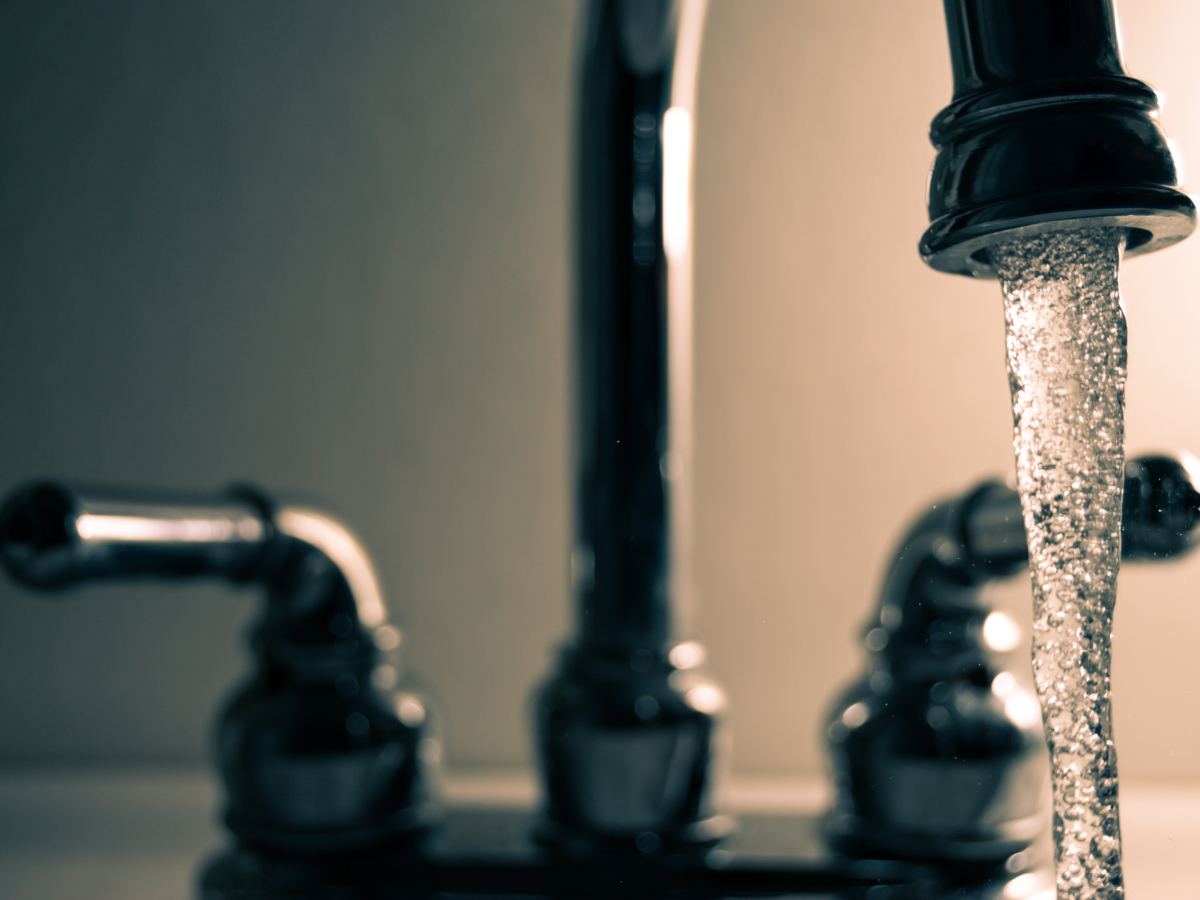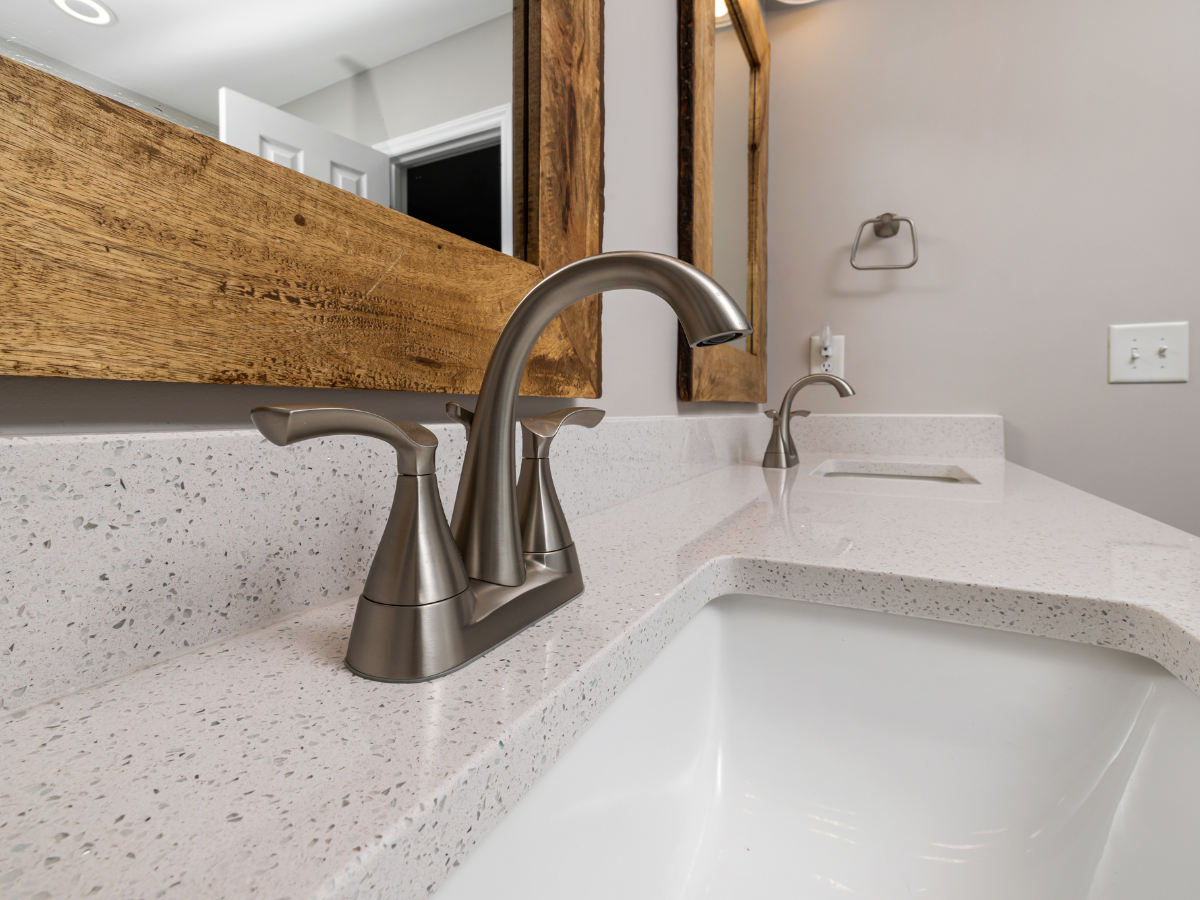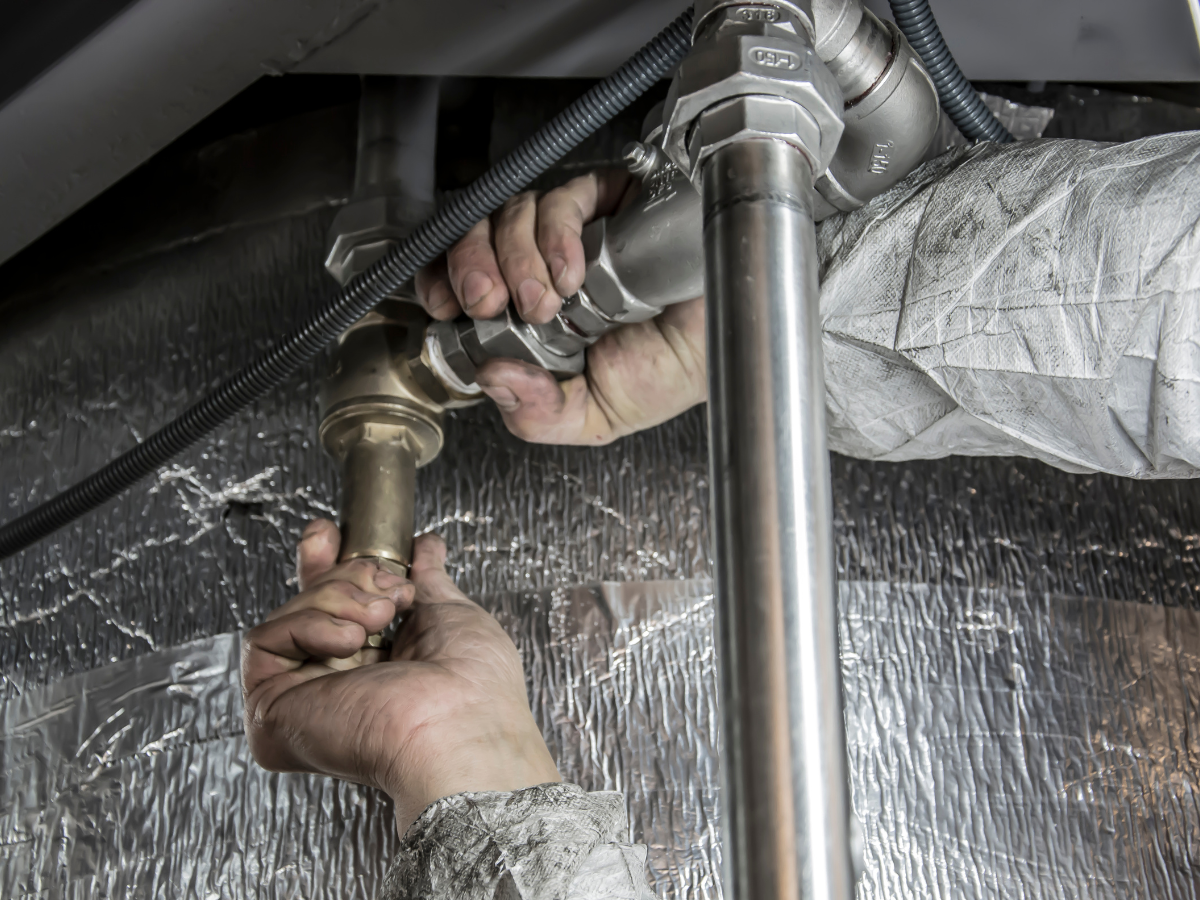How to Detect a Hidden Water Leak
A hidden water leak can be one of the most frustrating and costly issues for homeowners. While it’s easy to spot a leaky faucet or a burst pipe, hidden leaks can go unnoticed for months, potentially causing significant damage to your home. Left untreated, these leaks can result in higher water bills, water damage, mold growth, and structural issues. In this blog, we’ll explore how to detect hidden water leaks in your home and what steps you can take to address them before they cause extensive damage.
1. Check Your Water Meter
One of the easiest ways to detect a hidden water leak is by checking your water meter. Here’s how you can do it:
- Turn off all water sources in your home, including faucets, showers, and appliances that use water (like dishwashers or washing machines).
- Record the reading on your water meter and wait for about an hour or two.
- After the wait, check the meter again. If the reading has changed, this likely indicates a water leak somewhere in your home.
This simple check can help identify if your water usage is higher than it should be, which could be a sign of a hidden leak.
2. Look for Water Damage or Stains
Water leaks often leave visible signs of damage, even if the leak itself is hidden behind walls or under floors. Check areas in your home where leaks are most likely to occur, such as:
- Ceilings: Look for water stains, discoloration, or peeling paint, which could indicate a leak from the roof or upper floors.
- Walls: Inspect your walls for dampness, bubbling paint, or mold growth, especially in areas near plumbing pipes.
- Floors: Water can seep under floors, leading to warped floorboards, tiles, or carpets that feel damp.
Even small signs of water damage can indicate a larger leak, so it’s important to investigate any discoloration or dampness.
3. Listen for Running Water Sounds
A constant sound of running water, especially when no taps are on, can be a telltale sign of a hidden leak. If you hear water running through pipes, it could mean that there is a leak somewhere in your plumbing system. It’s important to track down the source of the sound, as it could be coming from behind walls, under the floor, or beneath a slab foundation.
In some cases, the sound may be faint or difficult to locate. If that’s the case, a professional plumber can help use specialized tools to detect the source of the leak.

4. Inspect Your Water Bill
An unexplained increase in your water bill can be another indicator of a hidden leak. If your usage has stayed the same but your bill continues to rise, there’s a good chance you have a hidden water leak. Hidden leaks often go unnoticed because they occur in areas that are not immediately visible, such as inside walls, under floors, or underground.
If you notice a spike in your water bill, it’s essential to investigate the issue and fix any leaks as soon as possible. The longer you wait, the more damage and costs can accumulate.
5. Look for Mold or Mildew
Mold and mildew thrive in damp, warm environments, making them a strong indicator of a water leak. If you notice musty odors or visible mold growing around your home, it’s a sign that there’s excess moisture in the air, likely from a hidden water leak. Common areas for mold growth include basements, bathrooms, and kitchens, where plumbing is prevalent.
While some mold is easy to spot, others can hide behind walls or under floors. If you detect mold or mildew, it’s important to have a professional plumber inspect your home for leaks and recommend a solution.
6. Use a Moisture Meter or Infrared Thermography
For more advanced detection, moisture meters and infrared thermography (thermal imaging) can be used to pinpoint hidden water leaks. These tools can detect temperature differences and moisture levels in walls and floors, helping plumbers find leaks that are not visible to the naked eye.
Thermal cameras can reveal areas of heat loss or moisture build-up, making it easier for plumbers to find the source of the leak without causing unnecessary damage to your home. If you suspect a hidden leak and traditional methods aren’t helping, it’s time to call a professional plumber who uses these advanced technologies.
7. Call a Professional Plumber for Leak Detection
If you suspect a hidden water leak and can’t find the source using the methods above, it’s time to call in a professional plumber. Experienced plumbers have the tools and knowledge to detect hidden leaks, even in the most difficult-to-reach places. They can perform a thorough inspection and use advanced techniques like pipe cameras or ultrasonic leak detection to find the source of the leak.
Conclusion
Detecting a hidden water leak early is crucial to preventing significant damage to your home. By checking your water meter, looking for water damage, and listening for the sound of running water, you can catch leaks before they cause serious issues. If you notice an increase in your water bill, signs of mold, or persistent dampness, it’s time to take action.
For expert leak detection and repairs, contact Pleasant Valley Plumber today. Our experienced team is here to help you keep your plumbing system running smoothly and efficiently, saving you time and money on costly repairs down the road.





